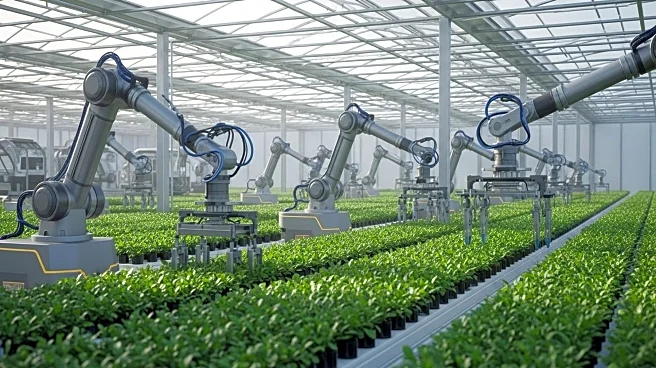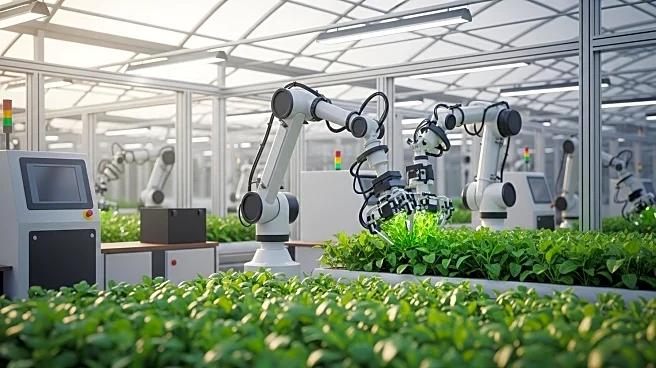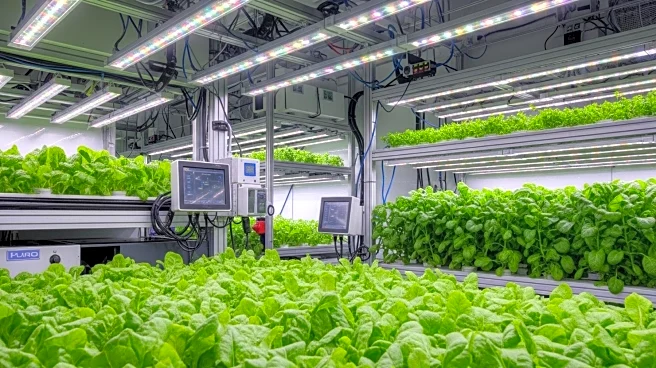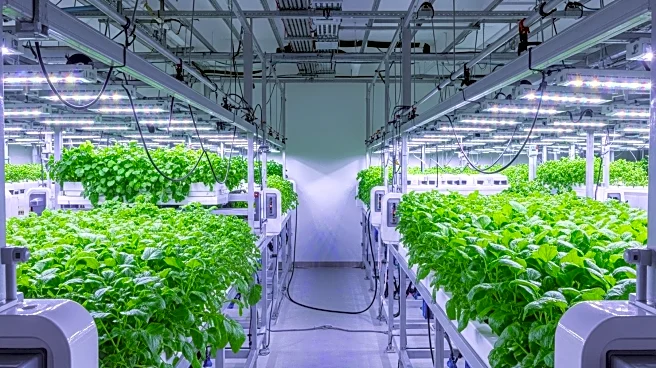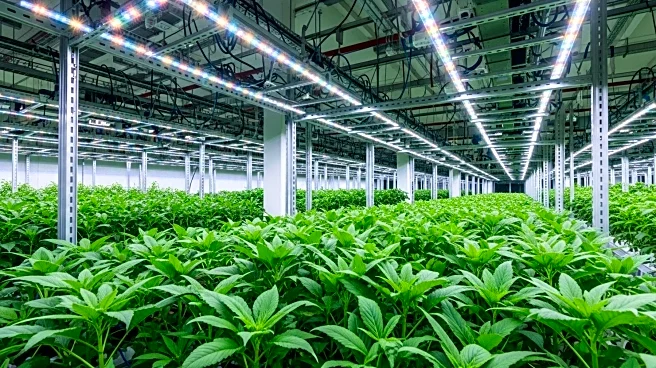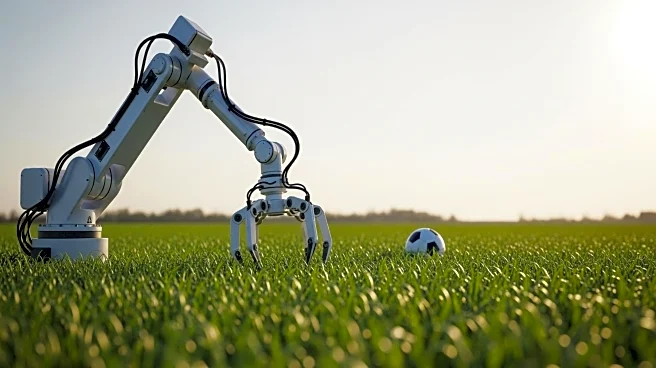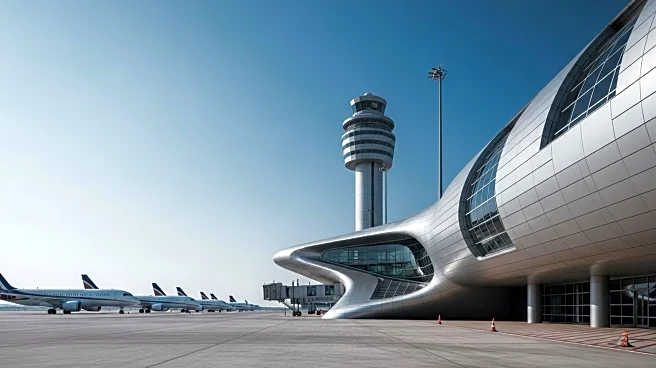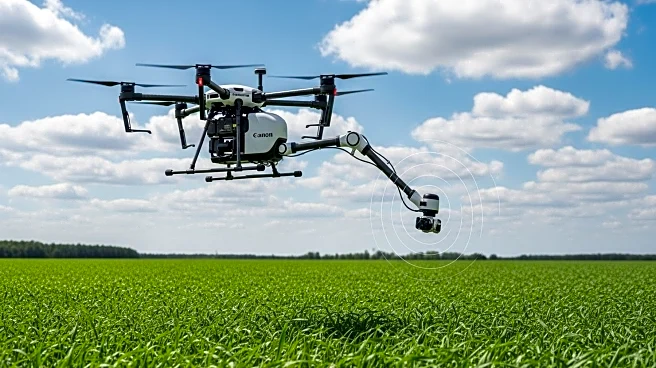What's Happening?
The global vertical farming market is undergoing significant transformation, driven by the need for sustainable urban food production solutions. As urban populations grow and arable land becomes scarce, vertical farming offers a method to cultivate crops in vertically stacked layers, often within city environments. This approach maximizes space and addresses food security concerns while reducing reliance on traditional farming methods. The market is experiencing trends such as reduced water usage, minimized carbon footprints, and technological innovations like LED lighting and IoT integration. These advancements are enhancing crop yield and quality, meeting the increasing consumer demand for pesticide-free and locally sourced produce.
Why It's Important?
The expansion of the vertical farming market is crucial for addressing urban food production challenges and sustainability goals. As the market is projected to reach USD 20 billion by 2033, it represents a significant shift in agricultural practices. Key players like AeroFarms and Bowery Farming are leading the charge, with the Asia Pacific region showing the most growth due to urbanization and government support. The industry's growth is also supported by technological innovations that make vertical farming more cost-effective and scalable. This shift not only supports food security but also aligns with broader environmental sustainability objectives.
What's Next?
The vertical farming industry is expected to continue its trajectory of innovation and expansion. Future developments may include deeper integration of AI and robotics to optimize production cycles, as well as regulatory frameworks that support sustainable urban agriculture. Consumer demand for a wider variety of crops is likely to rise, encouraging diversification within the industry. Emerging markets in regions like Latin America and the Middle East are attracting investments to address food security challenges, indicating a global expansion of vertical farming practices.
Beyond the Headlines
While vertical farming offers a sustainable alternative to conventional agriculture, it faces challenges such as high energy consumption from artificial lighting. Companies are investing in renewable energy solutions and resource optimization to mitigate these environmental impacts. The industry's focus on sustainability and innovation positions it as a key component of modern urban agriculture, with potential long-term impacts on how cities grow and consume food.


